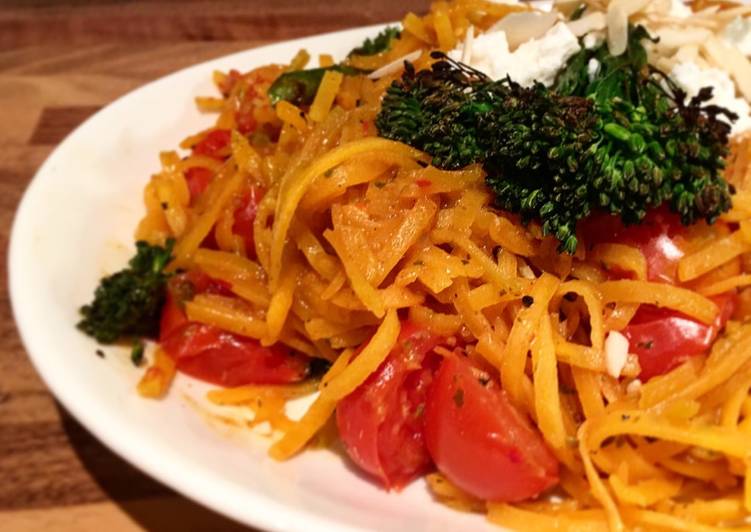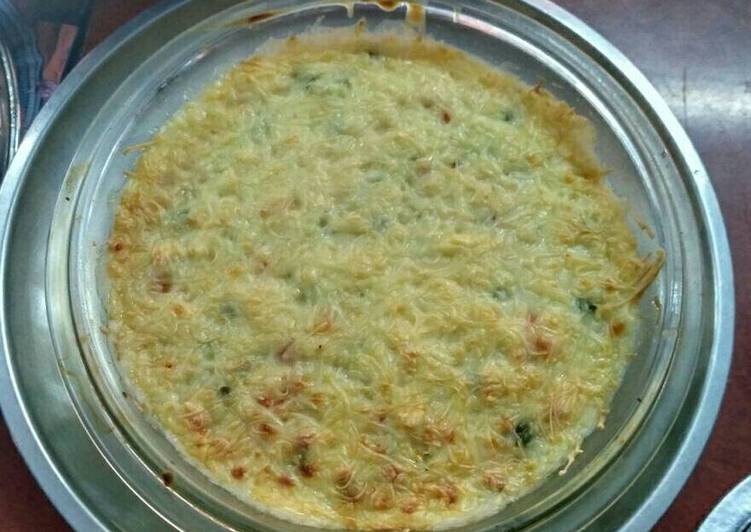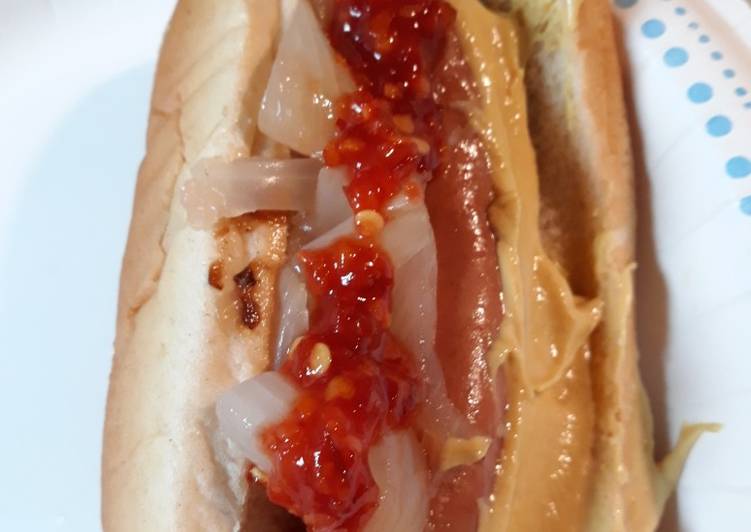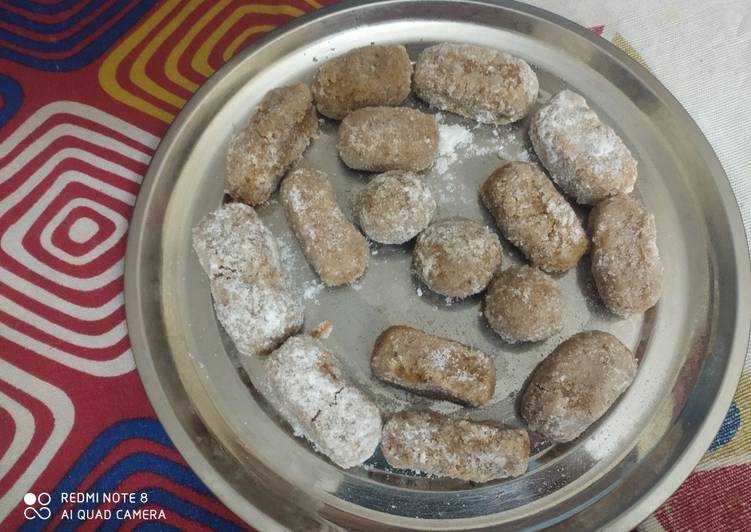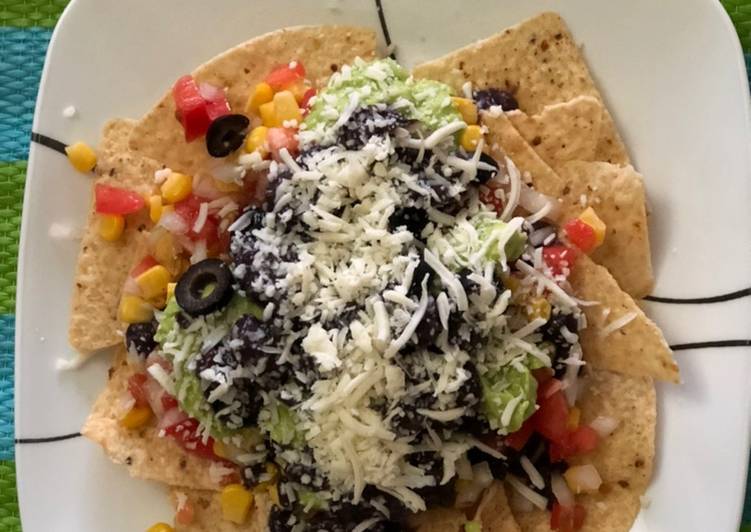How to Make Perfect Macrobiotic: Hijiki and Lotus Root
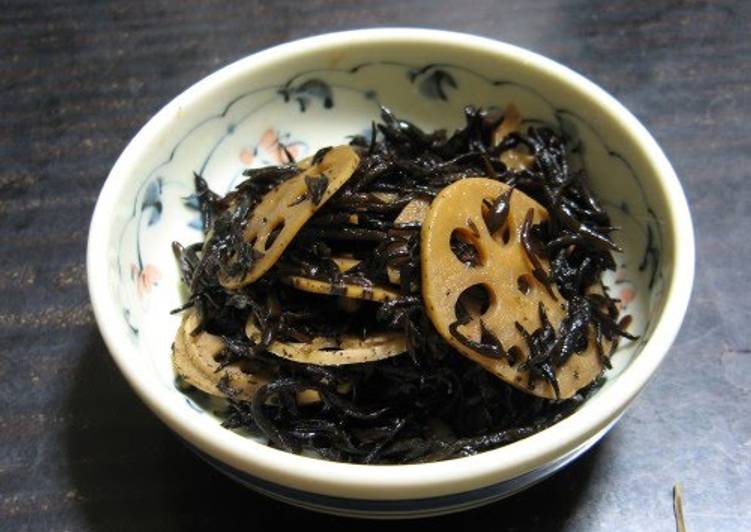
Hello everybody, I hope you are having an amazing day. Today I’m gonna show you a way to make a distinctive dish, Macrobiotic: Hijiki and Lotus Root. This is one of my favourite food recipe, this time i’am gonna make it a little bit tasty. This is gonna really delicious.
Macrobiotic: Hijiki and Lotus Root Recipe. I like to prepare macrobiotic meals after a period of food indulgence, such as the holidays or a vacation, as a way of resetting and balancing my body. Lotus and Root is a side quest in Dragon Age: Inquisition.
You can have Macrobiotic: Hijiki and Lotus Root using 4 ingredients and 4 steps. Here is how you achieve that.
Ingredients of Macrobiotic: Hijiki and Lotus Root
- Make ready 150 grams of Lotus root.
- Make ready 50 grams of Hijiki dried seaweed.
- Take 3 tbsp of Soy sauce.
- You need 1 tbsp of Vegetable oil.
Natural Healing Through Macrobiotics - Free ebook download as PDF File (.pdf), Text File (.txt) or read book online for free.Western physicians can be expected to react to macrobiotic medicine with the usual name~lling, and Kushi advocates by now are used to epithets such as "quacks, nuts.Crunchy, delicate flavored, lotus root (renkon) is an edible rhizome of the lotus plant and great for Lotus root is used for stir-fry dishes, simmered dishes, soups and stews, and deep-fried dishes in Even after cooking, it has a crunchy yet tender texture and enjoyed in many dishes such as Hijiki.Lotus root is full of fiber and various vitamins and other nutrients.
Macrobiotic: Hijiki and Lotus Root step by step
- Soak the hijiki in lukewarm water to reconstitute, then cut into easy to eat lengths. Rinse the lotus root well, then thinly slice into wedges or into rounds..
- Heat the vegetable oil in a sauce pan, then sauté the lotus root. When the lotus root starts to become translucent, add the hijiki and sauté..
- Add enough water to cover the ingredients, cover with a lid, then reduce to low-medium heat. Simmer until thoroughly cooked..
- When tender, add the soy sauce, reduce the heat, then simmer until the liquid boils out..
I like to prepare macrobiotic meals after a period of food indulgence, such as the holidays or a vacation, as a way of resetting and balancing my body.Introducing Unsui Zen Macrobiotic private kitchen.Appetizer: -Lotus root pickles -Shoyu flavoured Acorn jelly with shiro miso dressing, garnished with braised black beans and garbanzo bean, simmered in barley malt and dashi.
In Asia it's believed to have various medicinal qualities, but in macro-nutrient terms it's — Rice with lotus root kinpira — Rice (put kombu and cook it and take out kombu afterwards) Kinpira: lotus root, carrot, hijiki, soy sauce, sake, honey.Lotus root isn't an ingredient that makes an appearance too often in Western cuisine, but it does play a large part in Asian cuisine, especially in Japan.Lotus root can be easily prepared by slicing it into pieces of the desired shape and size.Japanese people often like to present it as thin slices.Lotus root helps improve digestion, reduce cholesterol, control blood pressure, and boost immunity.
